China’s Caixin Services PMI for June plunged to 53.9, down from 57.1 in the previous month and significantly below the expectation of 56.2. The composite PMI also tumbled from 55.6 to a discouraging 52.5, marking the lowest readings since the growth cycle kick-started in January.
Wang Zhe, a senior economist at the Caixin Insight Group, commented on the less-than-promising data: “A slew of recent economic data suggests that China’s recovery has yet to find a stable footing, with prominent issues including a lack of internal growth drivers, weak demand, and dimming prospects persisting.”
Zhe emphasized the disparity between the manufacturing and services sectors, noting that “In June, Caixin China PMIs showed that conditions in the manufacturing sector lagged far behind services. Employment contracted, deflationary pressure mounted, and optimism waned in the manufacturing sector.”
Despite the ongoing post-Covid rebound of the services sector, Zhe expressed concerns about the sustainability of the recovery, adding that “the services sector continued a post-Covid rebound, but the recovery was losing steam.”




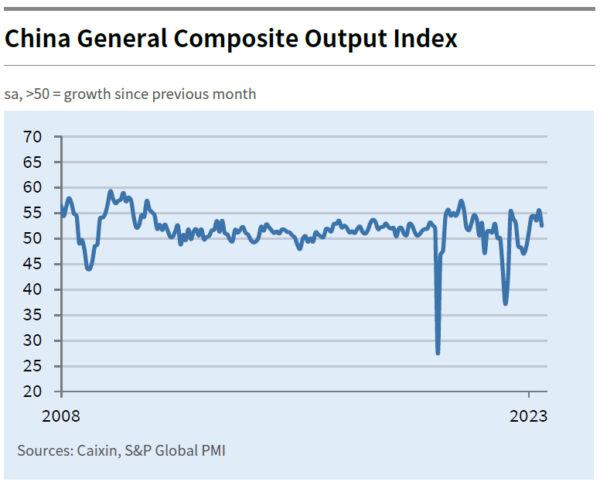
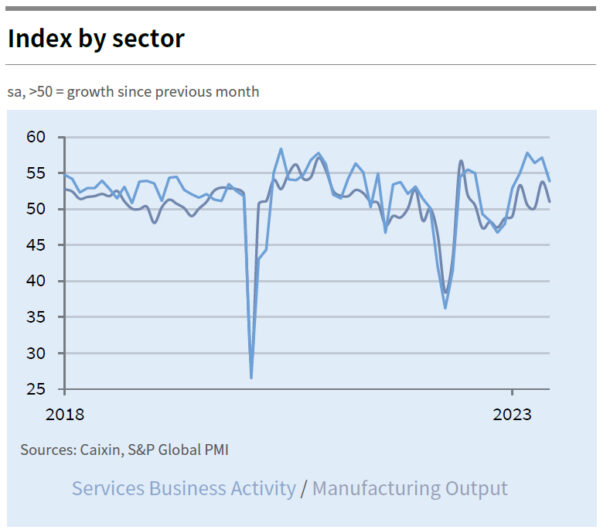

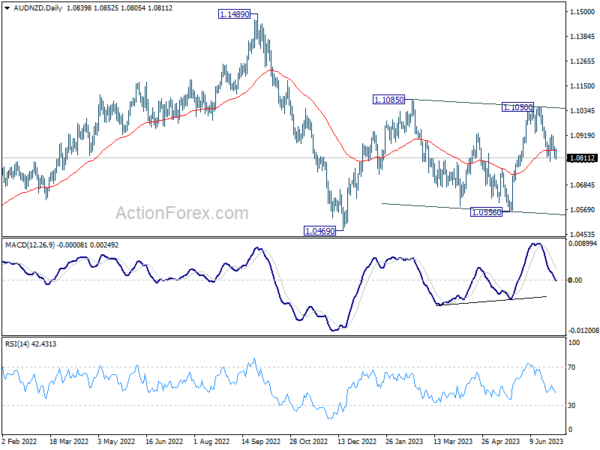
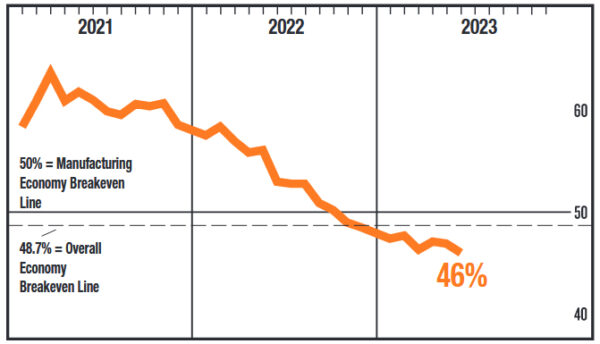
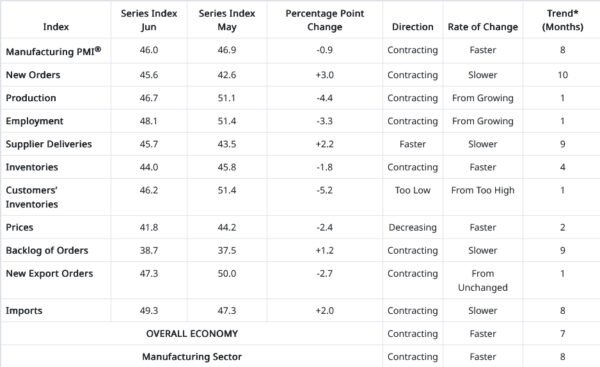
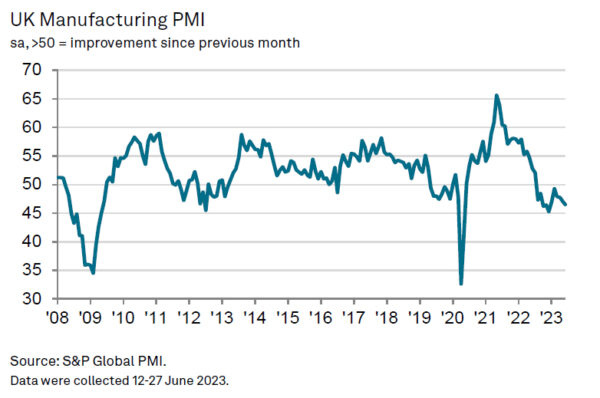
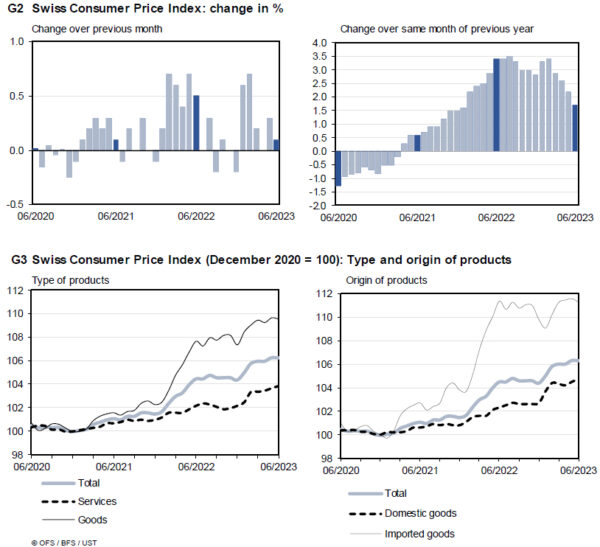
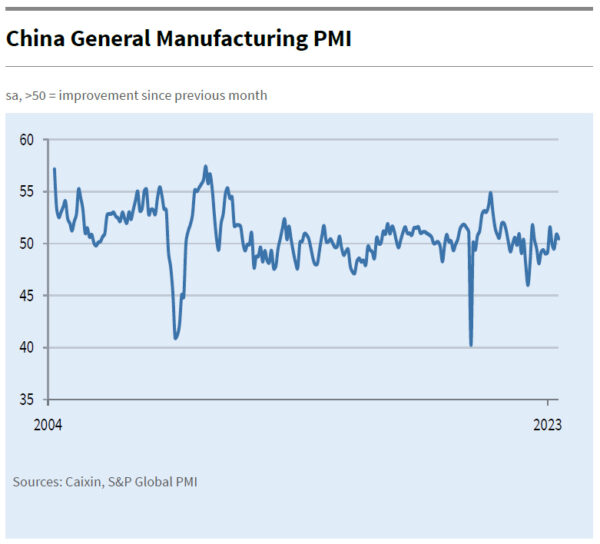
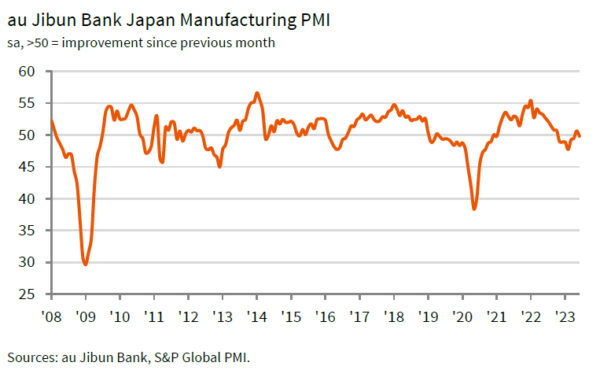
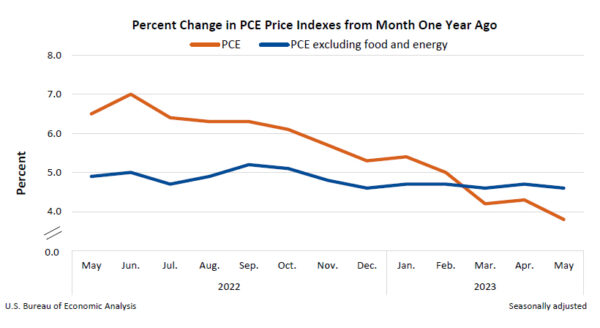
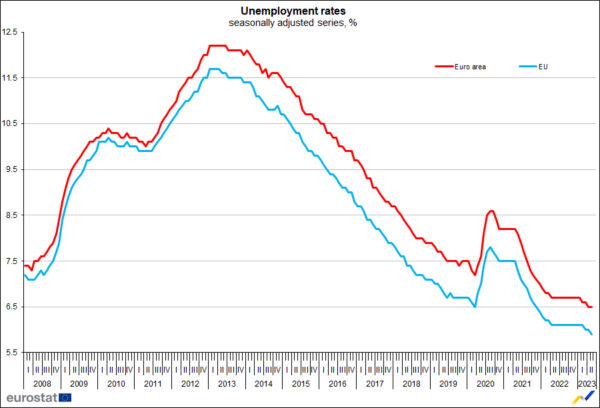
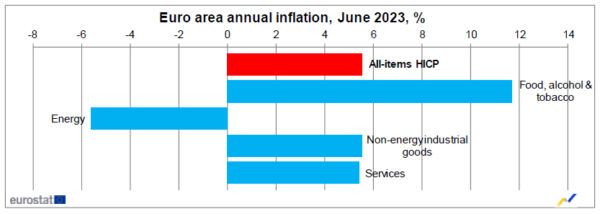
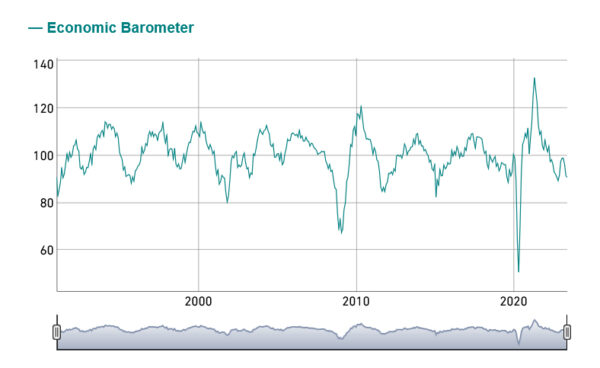


WTI oil hovers in range on divided interpretation of output cut
Despite an early-week upswing, oil prices have struggled to extend gains and remain bounded within a familiar range. Saudi Arabia announced extension of its voluntary output cut. Russia and Algeria offered to trim their August output and exports. But these decisions are more seen as a sign affirming a waning optimism in demand growth.
Technically, outlook in WTI crude oil is rather mixed for now. Repeated rejection by 55 D EMA is retaining bearishness. Yet there is no clear sign of extended selling.
Indeed, recent price actions could be interpreted as a triangle pattern that started in 74.74. If that’s true, there is prospect of another bounce to resume the rebound from 63.67. Break of 72.57 resistance will solidify this case and push WTI through 74.74 resistance. Yet, upside would likely be capped by 100% projection of 63.67 to 74.74 from 66.94 at 78.01.
On the other hand, break of 66.94 support could prompt deeper selloff back to retest 63.67 low.